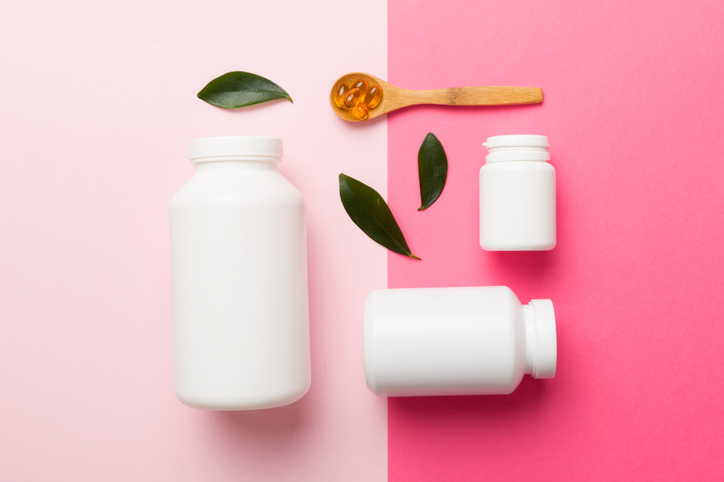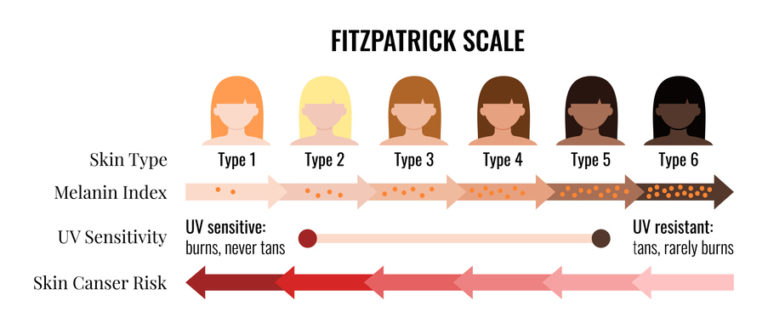
Top 3 Vitamins We Love for Skin Health
Learn why we love Vitamin B3, Vitamin C, and Vitamin D, and how each can make a difference in your skin health.
Dr Michael Rich is a specialist dermatologist who has been performing tumescent liposuction for over 30 years. Find out if Liposuction is suitable for you at ENRICH Clinic.
At ENRICH Clinic, we have a wide range of dermatological and cosmetic body treatments tailored to individual body and patient needs.
At ENRICH Clinic, our treatments are performed by our medical team consisting of doctors, nurses, and dermatologists and are tailored to each patient’s skin health needs.
ENRICH Clinic is committed to your skin health and well-being with a range of dermatological & cosmetic treatments tailored to the individual. Our treatments are performed by our medical team consisting of doctors, nurses, and dermatologists.
Skin health is essential for everyone. ENRICH Clinic has a wide range of technologies and dermatological solutions to help you achieve your skin care goals.
At ENRICH, we offer the finest laser skin resurfacing treatments Melbourne has to offer, from simple peels to the UltraPulse CO2 device, from no downtime treatments to serious downtime, from long-term results to short-term results – we can help with your skin resurfacing needs.
Skin resurfacing is pretty much what it says on the box: the top layers of cells are removed using a variety of means, either a chemical peel, laser, plasma energy, or mechanical resurfacing.
Skin resurfacing treatments are designed to remove or reduce wrinkles, get better texture, tighten and tone skin, and undo damage caused by UV rays (sun, sunbeds). Pigmentation problems can also be addressed, along with acne scarring or scars from other causes.
Skin resurfacing removes layers as its modus operandi. The results can be quite dramatic changes, particularly after several treatments, which is recommended for best results – one treatment is usually just the beginning. The more layers are removed, the longer the recovery, and the more dramatic the results.
Newer technology aims to get better results with less downtime. Fractional lasers are useful for this.
Dermabrasion was one of our early, successful resurfacing treatments and is quite an intense procedure whereby the skin is “abrased” off under general anaesthesia. (This is the mother of all resurfacing treatments, and should not ever be confused with its very gentle cousin, microdermabrasion, which is a walk-in walk-out no-downtime just-a-bit-of-redness treatment.)
Dermabrasion used to be the go-to treatment for scarring and wrinkles, but we’ve developed far better – less heavy-handed – techniques for this. The pitfalls are a few, though the results of dermabrasion are remarkable. There is some risk of pigmentation and scarring; dermabrasion is certainly not for everyone.
Microdermabrasion is a very gentle resurfacing technique, using the erbium laser but at a lower setting thus gently resurfacing, providing a boost to your complexion. It is a low-impact treatment that can become part of your regular skin regime and be repeated on a regular basis.
Chemical peels are a great way to either gently or not-so-gently peel off the outermost layers. Chemical peels come in a variety of shapes and sizes, with your dermatologist best placed to choose the right one for your skin type and tone. Peels are making a comeback, with better peel ingredients and procedures and solid results for a smaller price.
The UltraPulse CO2 laser uses fractional technology to resurface effectively with fewer risks and less downtime than traditional CO2 machines. The UltraPulse uses tiny columns of energy that leave part of the cells intact to help speed recovery and reduce risks.
The CO2 laser removes a layer of cells with each pass of the beam. The beam causes what’s known as ‘thermal injury’ to cells, which is essentially putting a strain on a cell by using heat, to stimulate the cell to spring back into action and regenerate.
Regeneration triggers more collagen and elastin production and builds up tone, tightness, and strength. Regeneration of cells can also remove fine lines and reduce wrinkles. CO2 lasers started the skin resurfacing revolution, they are the heavy hitters of the resurfacing treatments and arent for all skin types. The treatment can also be uncomfortable even with local anesthetic and there is downtime. On the other hand, the CO2 laser can produce some results that improve skin quality exponentially.
The UltraPulse CO2 laser can be used to treat a variety of skin conditions, including:
The erbium laser is a newer resurfacing tool, with shorter recovery times and less downtime than its hardcore friend, the CO2 laser. It is a very effective tool that takes off a slim slice of the top layer, but without as much heat as the CO2 laser. This laser also gives tightening and collagen renewal.
Fractional machines are now another alternative to both the erbium and CO2 lasers. Fractional lasers only treat a specific area by shooting laser beams into the skin in columns. This leaves any cells outside of the column largely untouched, reducing damage and recovery times. This makes fractional treatments both very useful and less effective than other means. It is a compromise depending on your needs.
The Fraxel laser is a dual laser, meaning it has two lasers at different wavelengths in the one machine. This dual function increases the Fraxel’s range of treatment options, which is uncommon in lasers and makes the Fraxel a uniquely useful laser. Usually, lasers only have one frequency that targets one specific set of skin issues, for example, blood vessel conditions or sun damage, but not both.
One of the Fraxel’s frequencies is used to target sun damage and pigmentation within the epidermis (top layer). The other laser goes deeper, targeting the dermis, the layer that houses and produces collagen. The dermis is responsible for deeper wrinkles, skin texture and scarring.
Fraxel lasers all work the same way – by creating little columns of heat that penetrate the skin cells, stimulating the deeper cells to trigger regeneration. This depth is why you’ll have 3-5 days of downtime – your face is going to be red, peeling, and scaley as the process of ‘out with the old, in with the new’ occurs.
The Portrait is a cosmetic device that uses plasma energy to rejuvenate skin. The Portrait is unique amongst high-tech cosmetic technology, as it triggers the regeneration of new skin.
This is opposed to removing top layer of skin cells during treatment. It heats “ underneath “ the skin, and the top layer of skin acts almost like a dressing before shedding and revealing a fresher complexion. This treatment also stimulates collagen production to tighten skin.
To give this a bit of a comparison, we can look at the recovery time vs results vs cost for these treatment options. It won’t be a matter of which is the best overall, but which is the best for your skin.
The skin must be prepared prior to resurfacing treatments. This could include topical treatments and avoiding the sun. The treatment will likely need some anaesthetic since it does include removing layers of skin.
Chemical peels, the lightest sort, may only sting a bit and may not require anaesthetic, and microdermabrasion is quite mild.
Recovery may range from none to several weeks, depending on the depth of the treatment. Your facial tissue may become swollen or crusty, scabby, or peel. Your post-resurfacing care will likely include a good moisturiser.
Deep resurfacing can require significant care afterwards, including antibiotics and sometimes dressings. It can take a week for serious resurfacing to start improving in appearance to the point where you would consider a social occasion.
There are wrinkles caused by facial movements (known as dynamic wrinkles) then then static wrinkles that are caused by ageing or damage. We can treat any wrinkles.
Energy-based skin resurfacing treatments can be performed on just about any part of the body, but the most common areas are the face – in particular around the eyes and mouth – and décolletage. Acne scarring on other parts of the body can also be treated.
The best candidate is anyone with fine lines and wrinkles, or those with sun damage and deep wrinkles. Fine lines are essentially wiped off the face and deeper wrinkles are softened.
If your skin hasn’t responded very well to gentler treatments, deeper procedures can be an option. The skin responds very well the more elastic it is. Anyone who scars easily or is very oily may need a greater investigative consultation before getting resurfacing treatments to make sure they are a good candidate.
Some medical conditions will make you less appropriate for resurfacing treatments, but speak to your dermatologist. Having realistic expectations is also useful since these procedures aren’t magic and can’t work miracles. In some cases, it can profoundly impact your skin’s appearance, but not everyone gets dramatic results. Usually, the deeper the treatment, the longer the recovery time, but the better the results. Often, repeat treatments are required. Pigment, for example, has memory and can come back, albeit often less pronounced, but may need additional treatments for either maintenance or removal.
Darker skin tones may have pigmentation risks associated with resurfacing, so your treatment will need greater consideration from your dermatologist. The laser used may be different (opting for the more directed fractional lasers) to avoid unintended laser beams triggering melanin release from nearby cells.
If you have minor imperfections, a big procedure like resurfacing may not be the right procedure – there are many gentler procedures that could work better, without the downtime.
Contact us to book a consultation to discuss how we can help you reach your skincare goals.
*Results may vary from person to person
"*" indicates required fields

Learn why we love Vitamin B3, Vitamin C, and Vitamin D, and how each can make a difference in your skin health.

Learn what the Fitzpatrick skin type system is and why we always check your skin type before any procedure at Enrich.

We address skincare trends & debunk myths while also providing guidance on products & treatments you should avoid based on your skin type.

Makeup can temporarily make your skin look flawless & dewy, but it merely masks imperfections & may not address the root causes of your skin concerns.
Subscribe to the ENRICH newsletter and receive latest news & updates from our team.
Enrich Clinic acknowledges the Traditional Lands of the Wurundjeri Woi Wurrung and Bunurong peoples of the East Kulin Nations on which we work and trade. We pay respect to their Elders past, present and emerging. We extend our acknowledgement and respect to the LGBTQIA+ community who we welcome and support. Read our full Acknowledgement Statement here
